What are the standards to comply with for a luminaire?
Whether it is a dwelling, a commercial premises, or an outdoor space, the installation of a luminaire is not improvised. To ensure safety, performance, and legal compliance, it is essential to follow a set of strict rules. From the bathroom luminaire standard to the obligations regarding the outdoor lighting standard, each environment imposes very specific criteria. This comprehensive guide helps you understand the different regulations, certifications (CE, NF), and protection levels to be respected for reliable and compliant lighting. Both professionals and individuals can discover how to light their spaces with complete peace of mind.
Why is it essential to respect lighting standards?
Respecting lighting standards primarily guarantees user safety. A poorly installed or non-compliant luminaire can present electrical risks (short circuit, electrocution), abnormal heating, or fixing defects. For sensitive areas — bathroom, outdoors, technical rooms — luminaires must have an appropriate protection index (IP) against moisture, water splashes, or dust infiltration. Respecting standards also reduces the risk of falling objects, notably through essential accessories such as the safety cable or an adapted false ceiling luminaire fixing standard.
Legal compliance of installations (ERP, residences, etc.)
In establishments open to the public (ERP), regulations are even stricter. The ERP lighting standard requires a certain lux level depending on the zones (circulation, emergency exit, restrooms, etc.) as well as emergency devices in case of failure. These requirements aim to guarantee a quick and safe evacuation in all situations. Compliance is all the more crucial as it conditions the validity of insurance and technical inspections during openings or renovations.

CE marking, NF and other recognized certifications
A luminaire compliant with European standards must bear the CE marking, proof that it meets requirements regarding electrical safety, electromagnetic compatibility, and performance. Additionally, the luminaire certification NF (French Standard) provides an extra guarantee on reliability, durability, and material quality. Professionals wishing to ensure the compliance of their equipment can follow a CE standards luminaire training or refer to the manufacturing standard luminaire standard NF EN 60598, recognized as the reference in Europe for the safety of indoor and outdoor luminaires.
Lighting standards by installation zone
Lighting requirements differ depending on whether it is a dwelling, a shop, or an outdoor space. Each environment presents specific constraints, hence the importance of respecting the applicable standards. Here is an overview of the main rules to follow according to the installation zone.
Indoor lighting (housing, ERP, shops)
In indoor spaces, lighting requirements vary according to the purpose of the premises. The main lighting standard to respect is the European standard EN 12464-1, which defines illuminance levels in lux by activity. For example, 200 to 300 lux is recommended for a living room, 500 lux for an office, and up to 750 lux for a precision workshop. The lux lighting standard ensures optimal visual comfort without energy overconsumption. At the same time, it is imperative to follow the lighting circuit standard, especially regarding circuit distribution, differential protections, and the compliance of installed equipment.
Private and condominium outdoor lighting
Outdoor lighting must meet safety, visibility, and environmental compliance requirements. For private homes as well as common areas in condominiums, the outdoor lighting standard requires a minimum illuminance level, notably in access areas, parking lots, and pedestrian paths. The condominium outdoor lighting standard also stipulates the use of luminaires suitable for weather conditions (minimum IP65), as well as timing or motion detection devices to limit consumption.
Regarding parking areas, the outdoor parking lighting standard provides for a minimum illuminance of 10 to 20 lux, with sufficient uniformity to avoid shadow zones, improve user safety, and deter intrusions.
Bathroom lighting: zones, volumes, and IP
Lighting in a bathroom is strictly regulated due to the presence of water. The bathroom luminaire standard defines several volumes (zones 0, 1, 2 and beyond) according to proximity to the bathtub or shower. Each volume requires an appropriate IP protection index: for example, at least IP67 for luminaires inside the bathtub (zone 0), IP44 for areas near the shower (zone 2).

Respecting the bathroom lighting standard not only guarantees user safety but also avoids insurance issues in case of accidents. For a compliant and aesthetic installation, it is recommended to use certified and tested products for their waterproofness. The bathroom lighting standards apply to ceiling lights as well as wall lights or recessed spots.
Fixing, installation and wiring of luminaires
Installing a luminaire is not limited to aesthetics: it must meet strict criteria of safety, compliance, and reliability. Whether it is fixing in a false ceiling, electrical wiring, or maintenance, each step is governed by precise standards. Here is what you need to know for a compliant and lasting installation.
Fixing in a false ceiling and safety
Installing luminaires in a false ceiling requires strict compliance with fixing standards, both for safety and durability of the installation. According to the false ceiling luminaire fixing standard, supports must be designed to bear the equipment's weight without risk of detachment. The use of a luminaire safety cable standard is mandatory to prevent any tipping or falling in case of mechanical failure. This precaution is particularly important in public spaces (ERP) or circulation areas.
Electrical wiring: what the new standards say
The new standard luminaire wiring must comply with the prescriptions of standards NF C 15-100, which govern the safety of domestic and professional electrical installations. This includes the use of watertight junction boxes, certified connectors or terminal blocks, as well as mandatory grounding wherever the luminaire requires it. Luminaires must also be connected to a dedicated lighting circuit, protected by a circuit breaker of appropriate rating (often 10A).
Hanging and maintenance: recommendations of CE & NF standards
Luminaires must comply with European directives and bear the CE marking to guarantee their safety. Additionally, NF certified products provide extra quality guarantees, notably regarding mechanical resistance, waterproofness, and lifespan. Standards also recommend that the installation allows easy maintenance: access to fixing screws, disassembly without special tools, secure access to light sources. These criteria are essential to ensure quick intervention in case of failure or replacement.
Specific standards according to the type of luminaire or manufacturing
Applicable lighting standards depend not only on the installation location but also on the type of luminaire used. Whether artisanal pieces, industrial LED solutions, or classic suspended luminaires, each category is subject to specific rules. Knowing them well ensures the compliance and safety of your installation.
Artisanal luminaire standards: how to be compliant?
Artisanal luminaires attract by their originality, but their manufacturing does not exempt from respecting current safety standards. Whether produced in small series or custom-made, they must meet electrical safety, fixing, and CE marking requirements. The manufacturer or artisan must be able to provide a technical sheet, and the luminaire must pass conformity tests (insulation, temperature, mechanical resistance). For sale or installation in public places, a luminaire certification may be required.
LED lighting: certifications and technical requirements
LED luminaires, widely used in commercial environments, must meet strict standards regarding energy efficiency, photobiological safety, and durability. A LED lighting store must guarantee a high color rendering index (CRI), a color temperature adapted to the ambiance, as well as controlled consumption. The LED store lighting must also respect installation constraints depending on ceiling height, surface materials, and venue attendance. Certifications such as ENEC, CE, or NF guarantee the quality and compliance of the products used.

Practical case: installing a luminaire compliant with current standards
Wondering how to install a luminaire respecting current regulations? First of all, check that the luminaire is certified (CE/NF marking) and that its manual includes installation recommendations. Then, adapt the fixing method to the support (wall, ceiling, false ceiling) respecting environmental constraints (humidity, temperature, direct exposure). For suspended luminaires, the use of a safety cable is mandatory. Finally, the connection must be made according to current standards, with an appropriate circuit breaker, secure connections, and easy access for maintenance. Respecting these standards guarantees both your safety and that of users.
Check-list: what to check before installing a luminaire?
Before any installation, it is essential to ensure that the chosen luminaire is suitable for the concerned space and compliant with regulatory requirements. Here are the key points to check:
- Type of space: the installation environment (ERP, bathroom, outdoor, etc.) determines the applicable standards. Each use implies specific requirements.
- IP and IK protection indices: these indices define the luminaire's resistance to water, dust, and shocks. They vary depending on whether the luminaire is installed in a dry interior, a humid zone, or outdoors.
- Presence of CE or NF marking: these certifications guarantee the product's compliance with European (CE) or French (NF) standards, notably regarding electrical safety.
- Maintenance conditions: the luminaire must be easily accessible for maintenance or replacement of light sources, especially in ERPs where maintenance obligations are reinforced.
- Validation by a professional: for an ERP or a public premises, it is recommended to have the installation validated by a qualified electrician or a control office.
Respecting these criteria ensures not only a compliant installation but also a durable and safe one over time.
Whether you are a craftsman, decorator, architect, or building professional, knowing the lighting standards applicable to each space is essential. By respecting current regulations, you guarantee not only the safety and comfort of users but also the compliance of your installations, notably in ERPs, humid zones, or outdoors.
Need support on a professional project? Our team advises you in choosing certified luminaires, implantation study, and installation according to current standards.
Contact our pro service for a personalized study, a tailored quote, or a selection of products compliant with your requirements.

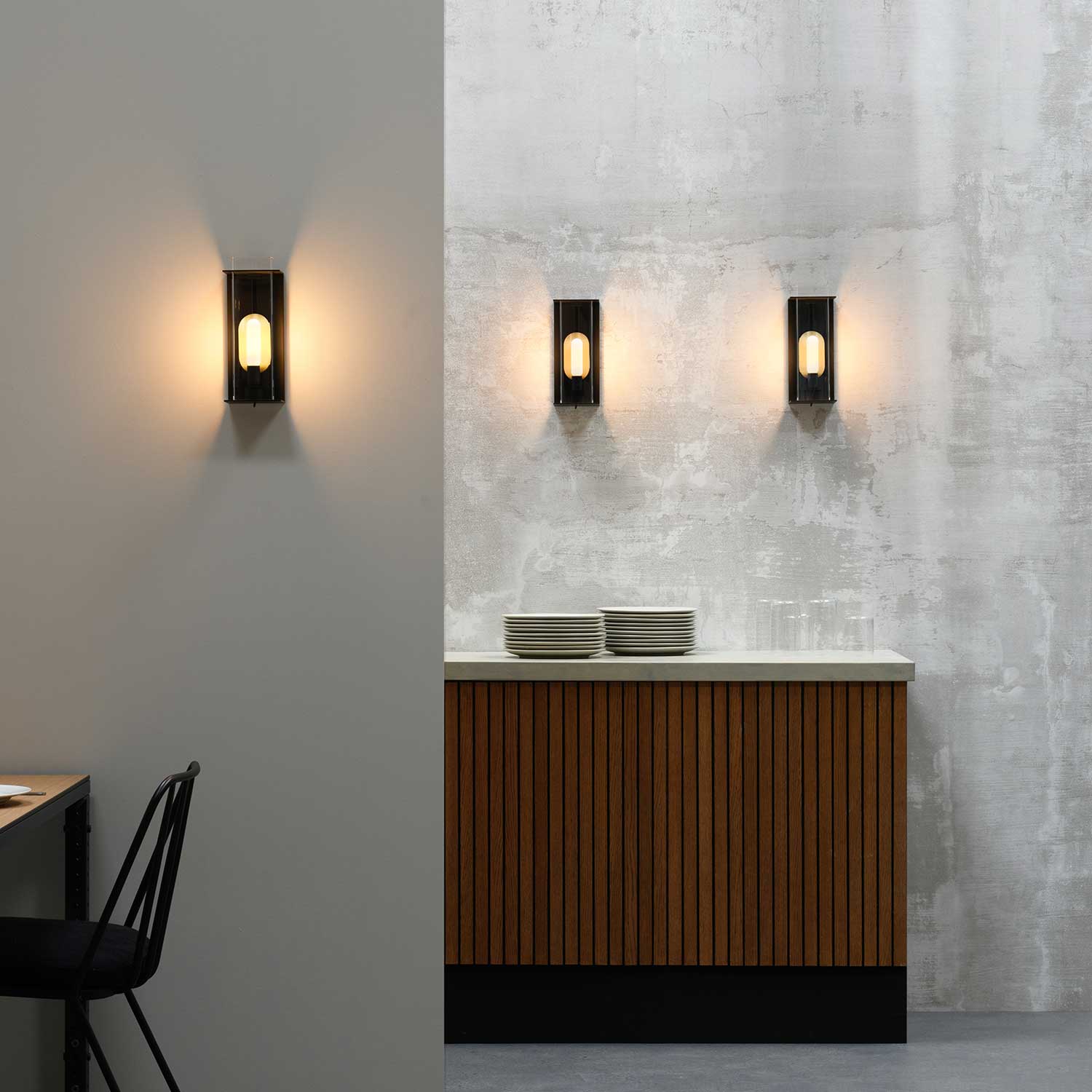
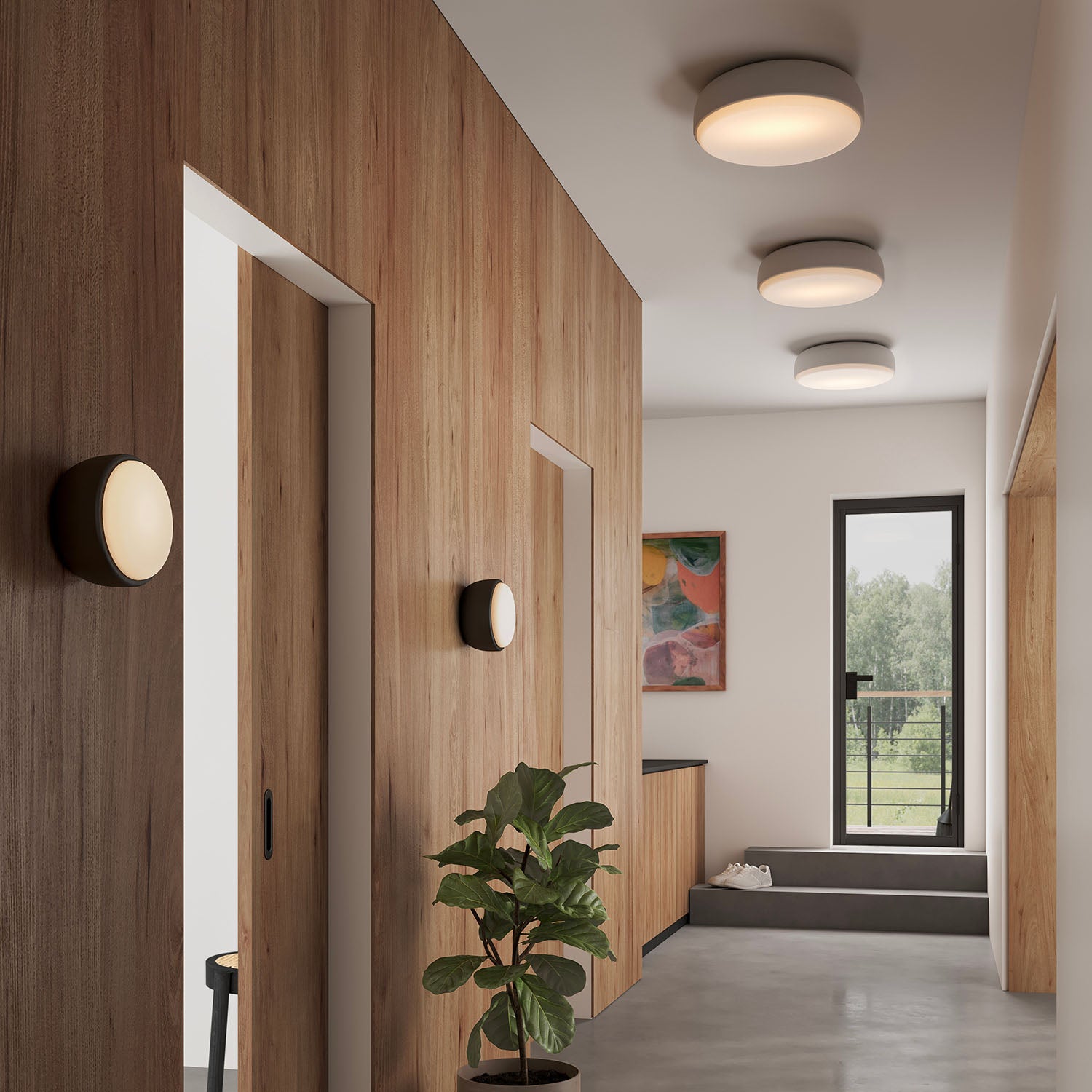
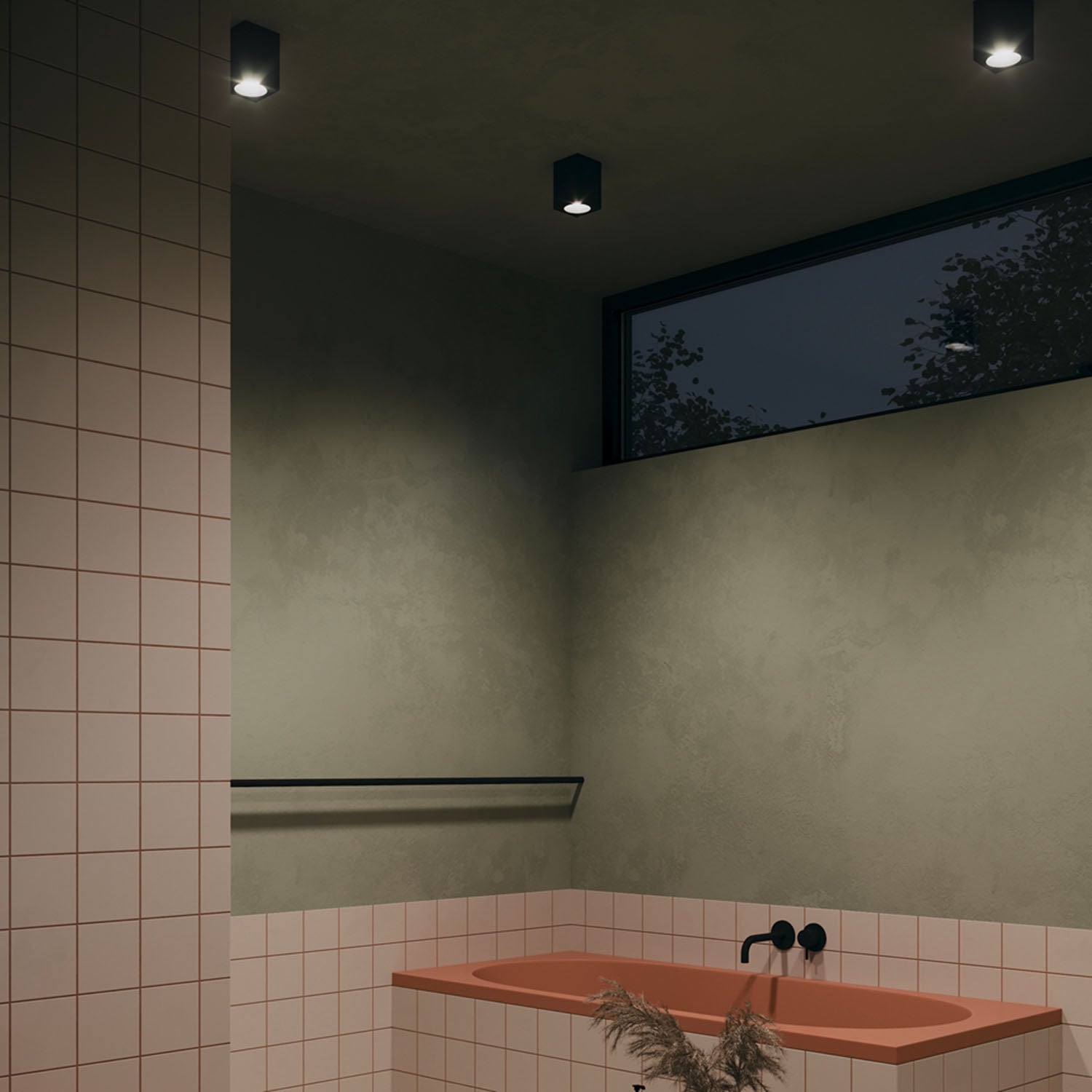

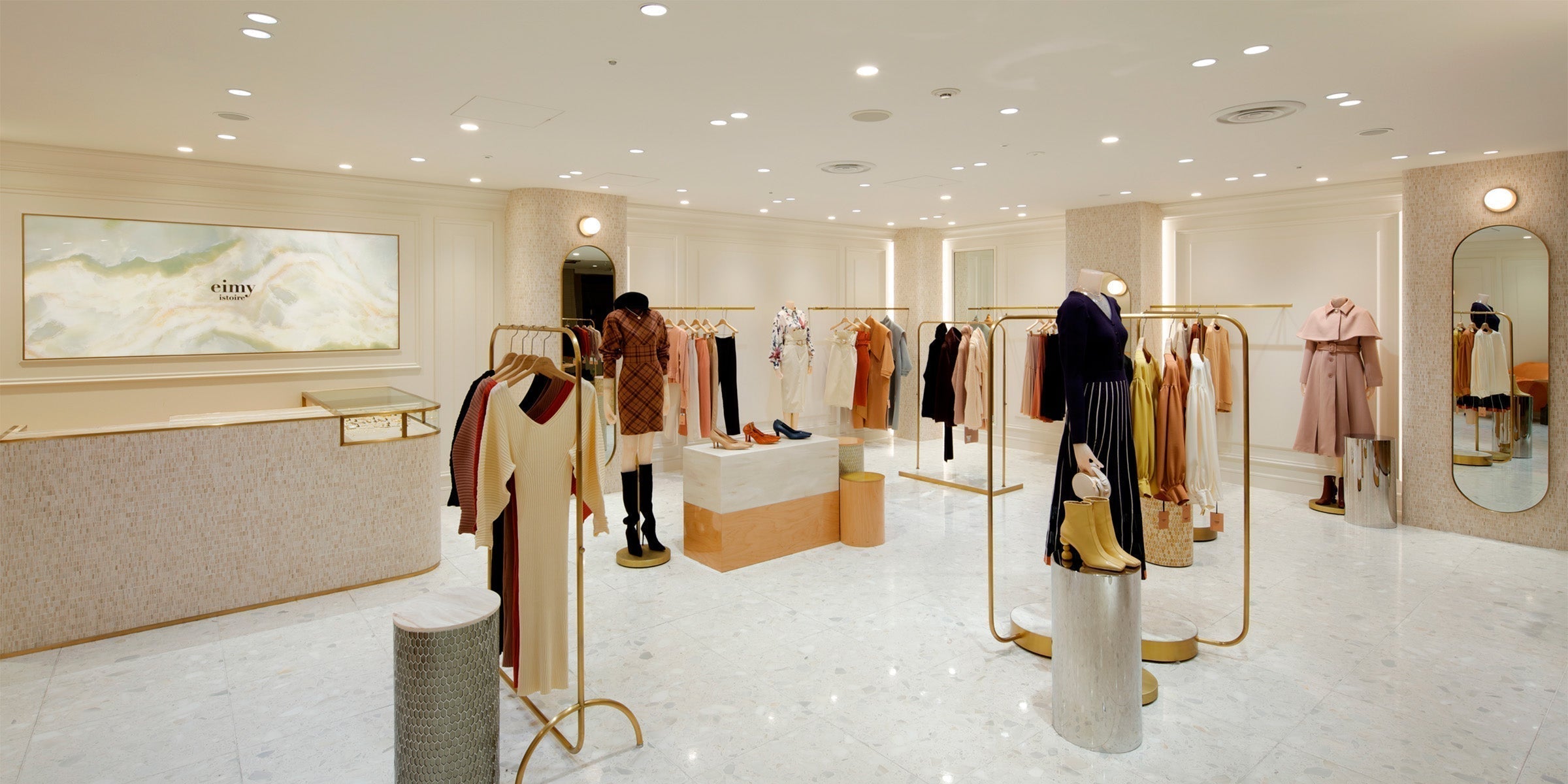
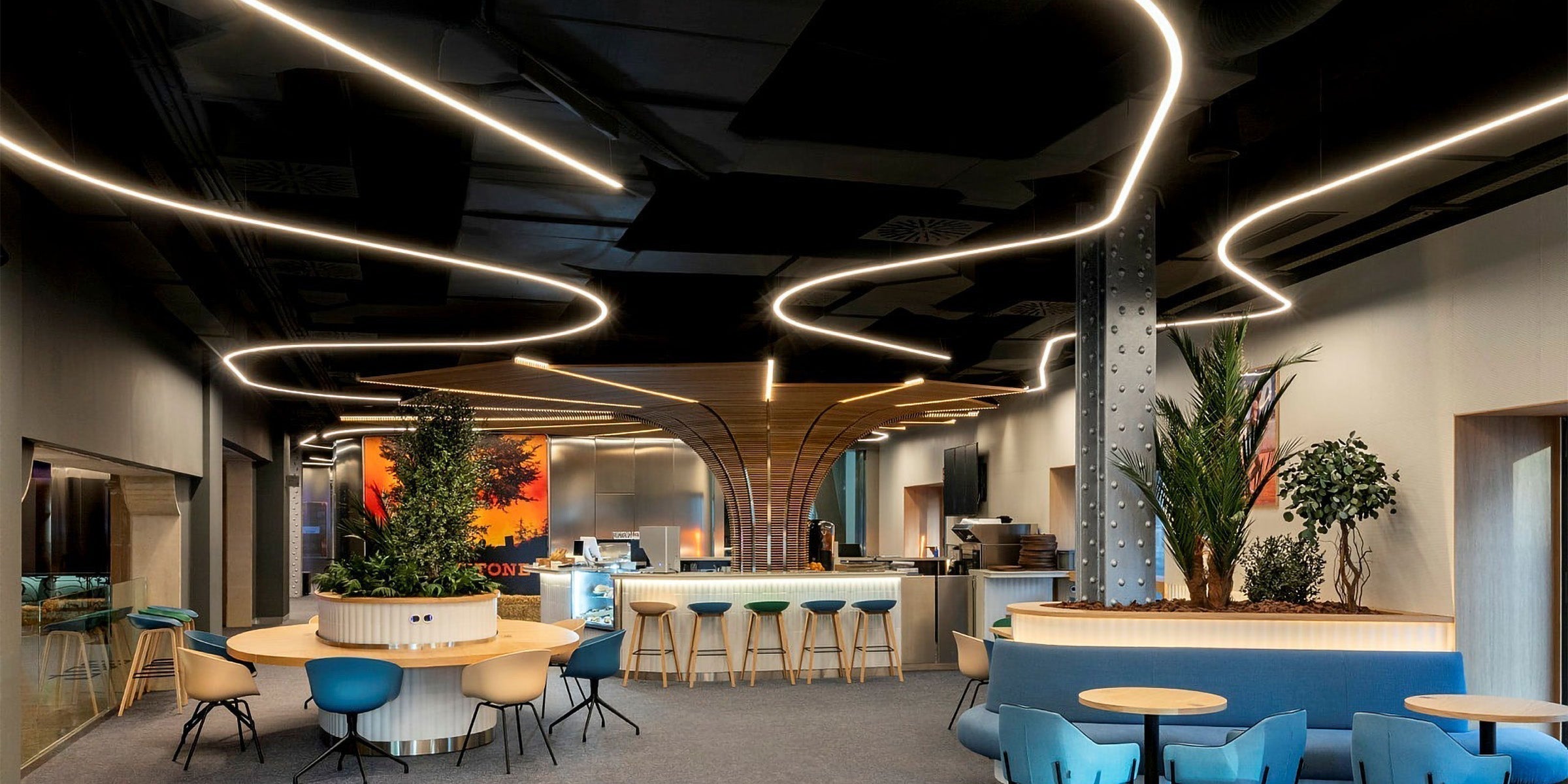
1 comment
Bonjour
Je suis designer depuis peu de temps et j’aimerai fabriquer des lampes et luminaires.
A qui dois je m’adresser, à quel organisme pour que mes créations aient la norme CE/NF et quel est le tarif pour ce certificat s’il vous plaît ?
Merci salutations
Raymond Gosset
Leave a comment
This site is protected by hCaptcha and the hCaptcha Privacy Policy and Terms of Service apply.